You’ve probably heard bits of information here and there about the Mediterranean diet throughout the years. Maybe you’ve even seen the Mediterranean food pyramid. But are you familiar with the staples that make up this diet? Today we’re going to look at Greek staple foods included in the Mediterranean diet.
They’re simple but robust in flavor and incredibly fresh. Get excited!
Let’s learn about Greek staple foods in the pantry and the fridge!

Photos via Edible Perspective
Fruit
Let’s start with fruit. It’s common for fruit to be eaten as a snack and it’s also commonly served after dinner in place of dessert. Watermelon is a very popular and loved fruit of Greece as well as other melons, apricots, nectarines, peaches, figs, grapes, cherries, lemons, olives, and tomatoes. Yes, tomatoes and olives are fruits!
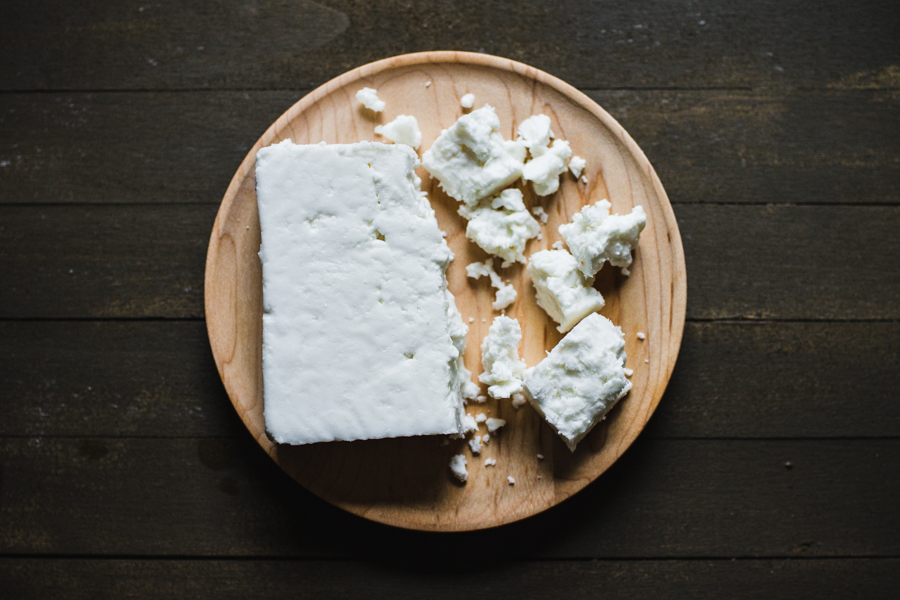
Dairy
Next up we’ve got dairy. As popular as Greek yogurt has become in the US, surprisingly, the people of Greece do not actually consume much dairy. When they do, however, it comes from a goat or sheep as opposed to a cow (more common in the US). Most dairy is consumed in the form of cheese, as I’m sure you’re familiar with feta cheese which is the most popular staple cheese in Greece. It’s known for having a semi-hard and crumbly texture and salty, tangy bite. Other popular cheeses you may not have heard of before are: anthotiros, galotiri, kasseri, manouri, and graviera. Milk and butter are reserved for baking, and goats milk yogurt is enjoyed in small amounts and typically homemade.
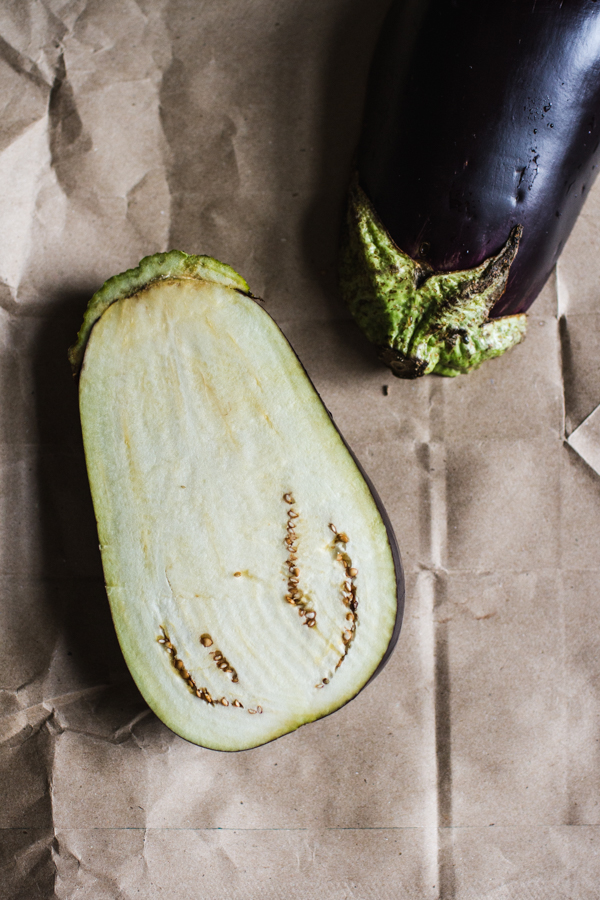
Vegetables
Vegetables are definitely a staple in the Greek diet and are enjoyed frequently. Eggplant and zucchini are quite common as well as artichokes, cucumber, carrots, beets, peas, spinach, potatoes, onions, and a variety of peppers. Vegetable based dips are very popular and are typically served alongside bread with a drizzle of olive oil. Potatoes are roasted and tossed with fresh herbs and garlic. Eggplant and zucchini are often roasted and sometimes fried. The staple Greek salad consists of cucumber, red onion, tomatoes, feta, kalamata olives, fresh oregano, high quality olive oil, and red or white vinegar. One thing you won’t find in this salad is lettuce!
Nuts, legumes and grains
Nuts, legumes and grains make up a large part of the Greek pantry and account for much of the diets’ healthy fats and protein.
- Nuts are served as a snack or part of dessert with fresh fruit. The typical nuts you’ll find are pine nuts, almonds, walnuts, and pistachios.
- Legumes you’ll commonly find in the Greek pantry are lima beans, fava beans, chickpeas, lentils, and split peas. They’re used in all types of dishes and even in some breads.
- The most common type of grain-based product you’ll see in Greece is bread — all different types. It’s a major staple and served with each meal. Orzo, bulgar, rice, and pasta are occasionally eaten, but besides bread, grains are not a huge focus in the Greek diet.
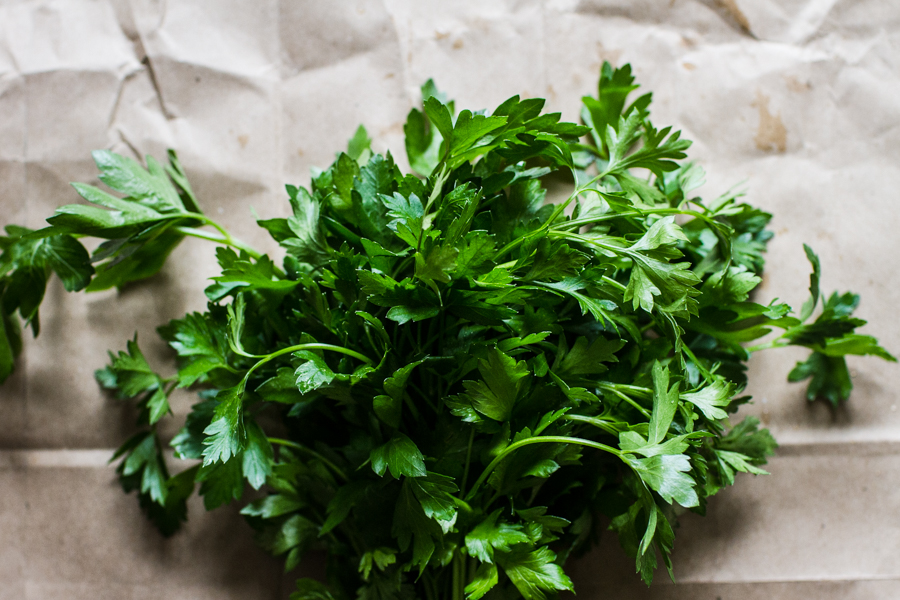
Fresh herbs and spices
Fresh herbs and spices are a major component in the Greek pantry and are used with every meal. Traditional Greek spices like cinnamon, nutmeg, and cloves are not only used in dessert dishes but also in savory stews and when cooking meat. Fresh herbs like parsley, oregano, mint, dill are always on hand and used constantly.
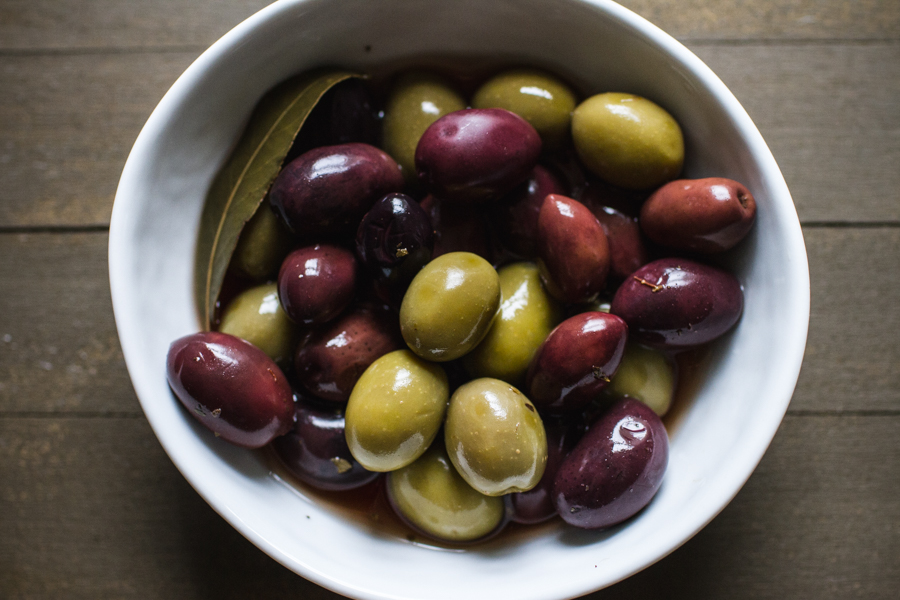
Olives
While not a food group, olives get a lot of attention in the Greek diet. I’m sure you’re familiar with the kalamata olive but there are many others like the halkidiki, amfissa, and konservolia. Greece is known for their high quality olives which produce some of the best olive oil you’ll find.
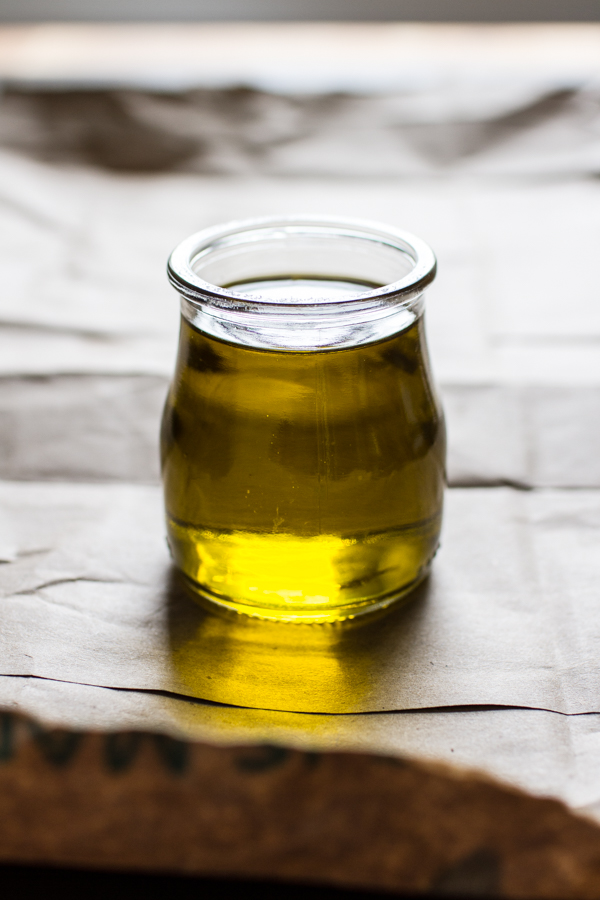
The Greek pantry wouldn’t be complete without the mention of olive oil. First cold pressed, extra virgin Greek olive oil is used to drizzle on salads, dip bread into, and stir into stews and other dishes after the cooking as ended. Since it’s smoke point is on the moderate side it’s best used as a topping. The highest quality olive oil is made from the first cold pressing. The acidity, color, clarity, taste, and smell all play into the quality of the oil.
Other common ingredients
Some other common ingredients you’ll find in the Greek pantry that don’t necessarily fit into one of the above categories are: honey, garlic, grape leaves, phyllo dough, fish and other seafood, and lamb.
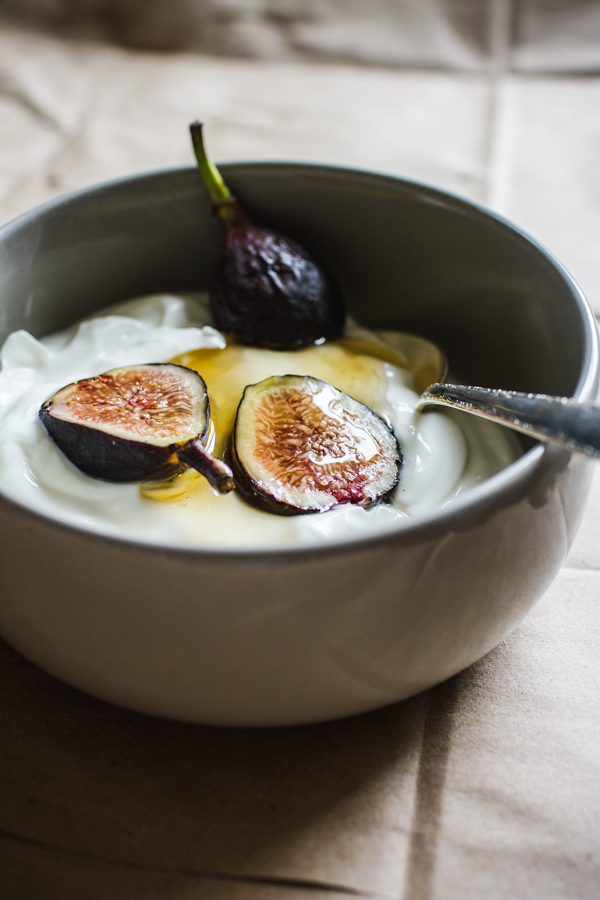
[box type=”shadow”]
Learn the secrets behind healthy Mediterranean cooking, from the comfort of your kitchen with the online Bluprint class Healthy Mediterranean Cooking Techniques! Enjoy HD video lessons & expert instruction from chef Diane Kochilas as you cook your healthiest meals yet.
[/box]

Share tips, start a discussion or ask one of our experts or other students a question.
No Responses to “In the Kitchen: The Mediterranean Diet Staples”